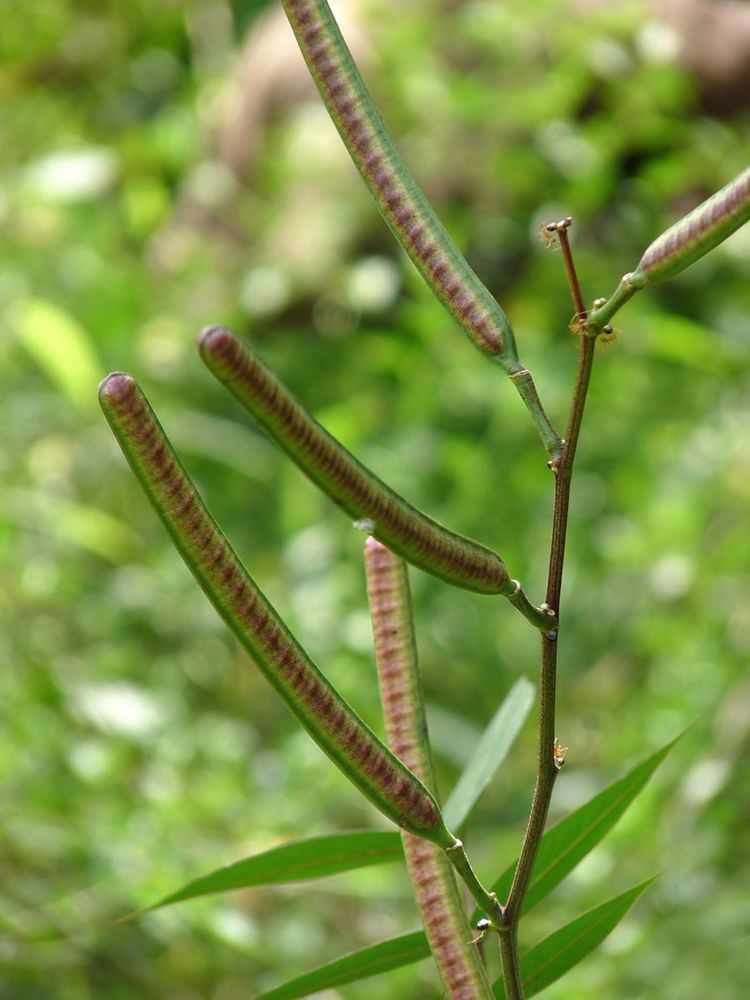 | ||
In many districts of western Uttar Pradesh, Uttarakhand, Odisha and Haryana, India, outbreaks of an acute “encephalopathy” syndrome dubbed as a “mysterious disease” have been an annual feature for many years. The disease affects rural young children during the winter months of September to December, and carries case fatality rates of around 75-80%. Most investigators assume it to be viral “encephalitis”. According to a rough estimate, at least 500-700 young previously healthy children have been losing their lives every year for many years in this region. Many national investigating agencies failed to diagnose the entity despite investigating for many consecutive years.
Contents
A team of investigators led by a local pediatrician based in Bijnor district, investigated this epidemic in Bijnor, one of the affected districts of western Uttar Pradesh and published their findings as three papers in national peer-reviewed journals. At the end of four years, it was concluded that the disease was not encephalitis as so far believed but a fatal multi-system disease affecting liver, muscle and brain called, “acute hepatomyoencephalopathy (HME) syndrome” induced by a phytotoxin. Later, the epidemiological investigations showed that it was due to consumption of beans of a ubiquitous herb called Cassia occidentalis by the poor, unsupervised children of the area responsible for the development of this syndrome.
A six-member panel led by virologist Dr Jacob John from Vellore's Christian Medical College & Hospital was constituted by the Odisha state government to investigate into the death of approximately 100 children in Malkangiri district that occurred since September 2015. The deaths were suspected to have occurred due to Japanese encephalitis. In its interim report, the panel indicated that anthraquinone, a toxin found in the ‘bada chakunda’ (Cassia occidentalis) plant was identified in the urine sample of 5 deceased children thus indicating that some of the children may have died of Encephalopathy, which is caused due to consumption of the plant.
The syndrome
The acute severe Cassia occidentalis poisoning in children affects multiple systems. Functional and biochemical evidences to show toxic effect on the brain, liver and striated muscles. Pathologically there is acute onset massive zonal necrosis of liver and histopathology evidence of acute muscle fibre degeneration. The degenerative changes in the brain are mild, but brain oedema is severe and is believed to be the immediate cause of death.
Criticism of the Cassia Occidentalis poisoning theory
Local tribals in Malkangiri have argued that Chakunda seeds have been a part of the food habit of local tribes for a very long time and nobody ever discovered it to be lethal. The tribal people also use the root, seeds and leaf of the plant as a traditional medicine for many common ailments. A possible reason maybe that Chakunda seeds have been used to adulterate pulses which are sold to tribal people by unscrupulous traders.
